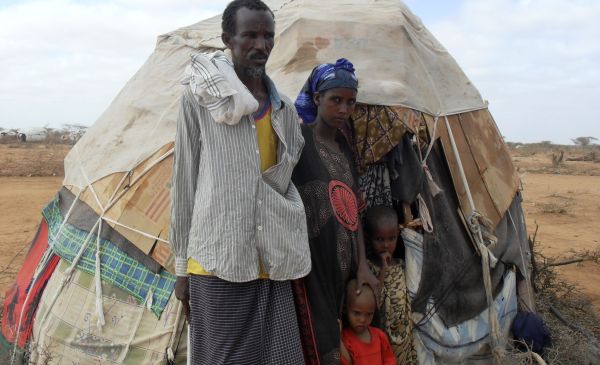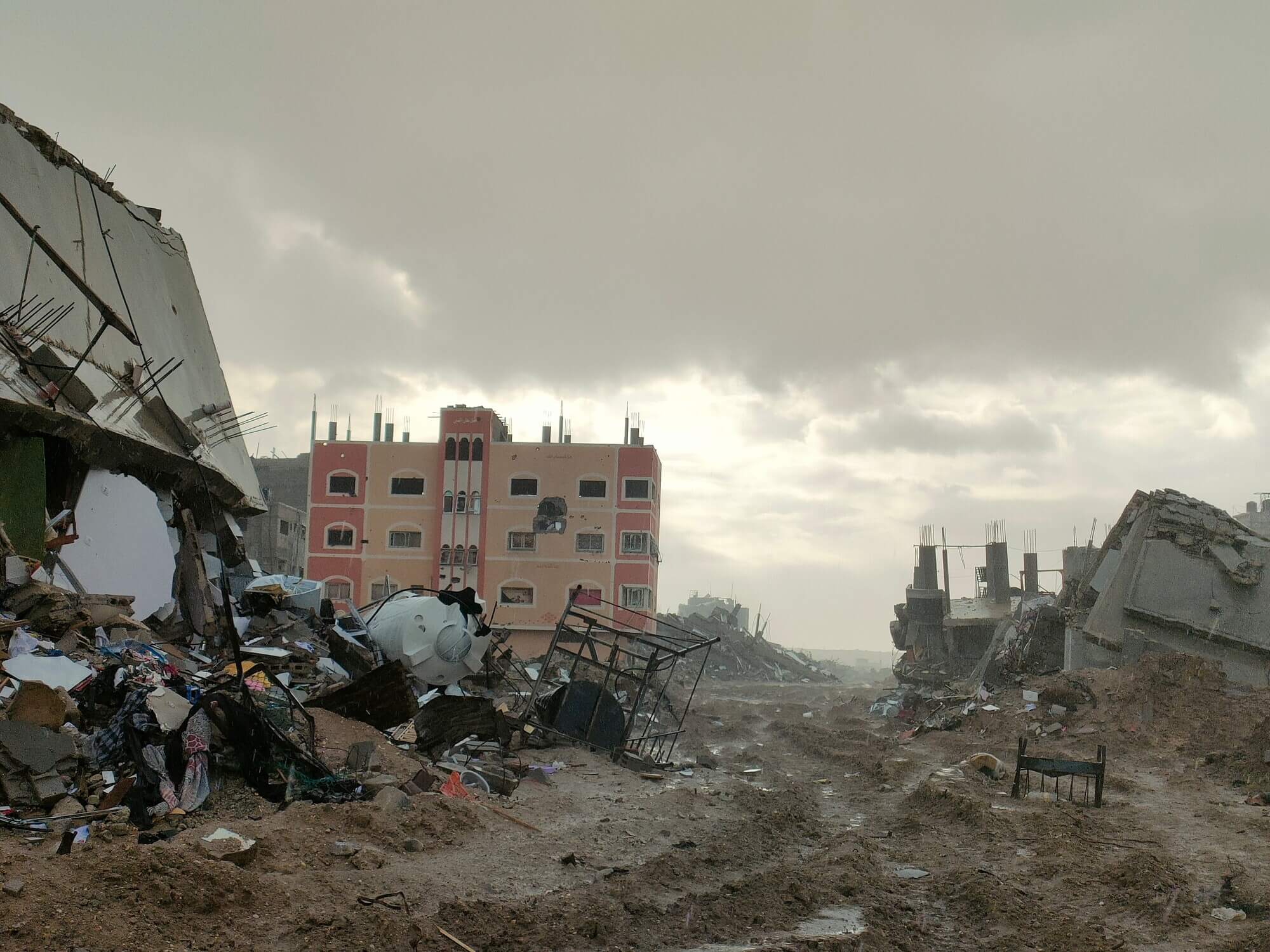by Oxfam’s Linda Ogwell, communications officer, Kenya
“I have no tent yet, so I’m making do with pieces of cloth and sticks. All that matters is that my family gets some form of shelter,” says Maalim Bahigow, a 50 year-old new arrival in Daadab.
The Dadaab refugee complex, in northeastern Kenya, is the biggest in the world. It currently shelters nearly 400,000 people – most of them fleeing conflict and drought in Somalia, one of the worst in the world. It is severely overcrowded, but a new extension has been blocked by the Kenyan government.
More than 9,000 refugees continue to arrive every week – even more have come as drought worsens across the region. Maalim, his wife and four young children, were among them, looking forward to a new beginning. They walked and hitched rides for 18 days and 500 kilometres to reach Dadaab.
“When we decided to flee to Kenya, we hoped to find peace and relief from all the distress, only to get here and find this suffering,” he says. “At least in Somalia I had my own house. Here I have to make do with a makeshift shelter.”
With so many people, Dadaab is at bursting point. The complex is divided into three camps – IFO, Dagahaley and Hagadera – all jam-packed with people. Many live in desperate conditions.
A standard 12 metre by 15 metre plot of land, which normally hosts a typical Somali family of five, now shelters over 15 people. New arrivals have no proper shelters, and face great difficulties accessing water and toilets. The threat of outbreaks of disease is ever present.
“Since the toilets are far, some people resorted to using the bush,” says Maalim. “Our fear is that when it rains, we are likely to suffer from cholera.”
Since 2008, there has been no allocation of residential plots to new arrivals, due to the shortage of land. From August 2010, new arrivals have been forced to settle outside the designated camp areas – over 24,000 people currently shelter on land that belongs to the local host community, which has elicited strong opposition.
“For almost twenty years we have welcomed the refugees into our community, and this has come at a price,” says Hassan Khalif Mire, a local leader. “These people have damaged our environment, increasing our poverty. Worse still, they are now settling on our land illegally.”
Others argue that the local economy has benefited enormously from the camp and the refugees. But the influx has undoubtedly increased tensions and pressure on resources.
However the refugees have no choice but to settle on the local land. A new camp extension – known as IFO II – has been built to ease the overcrowding and accommodate new arrivals. But the Government of Kenya has halted construction work and refused to allow the camp to open, citing many reasons including objections from the host community and national security.
As discussions drag on, refugees like Maalim continue to live in deplorable and unacceptable conditions, waiting and hoping for some good news from the government.
“Right now my life is on hold; I just have to wait and see what happens next. It’s a hopeless situation but what can we do?”
Find out more
Read more about the crisis in East Africa, and what Oxfam is doing
Donate now and help save lives in East Africa


